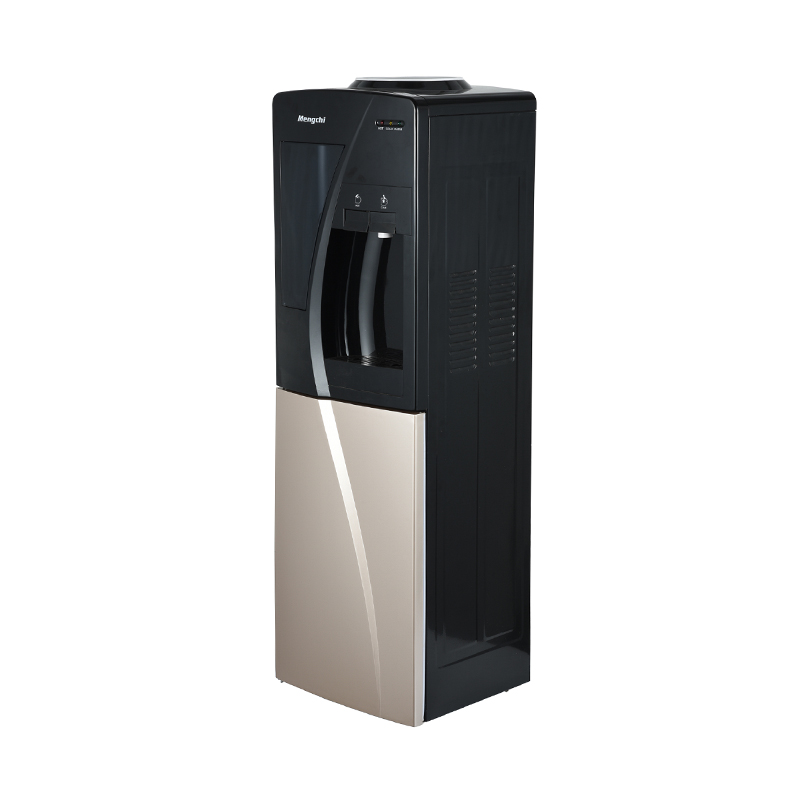Solar cooling is an important aspect of solar energy utilization, and a lot of research has been done in this field. At present, there are two main forms of solar freezer or refrigerators: one is photoelectric conversion refrigeration, which is actually an application of solar power generation. First, photoelectric conversion is realized, and then the compression refrigeration system of the refrigerator is driven by solar cells.
The solar photovoltaic refrigerators mainly include solar photovoltaic refrigerators and solar semiconductor refrigerators. Solar photovoltaic refrigerators are developed on the basis of ordinary traditional compression refrigerators and are composed of solar cells, controllers, batteries, and refrigerators. Since the internal structure of the solar photovoltaic refrigerator is the same as that of the traditional refrigerator, except that the power supply device is changed to solar cells, it is relatively simple to implement.
The other is solar thermal conversion refrigeration, and its research directions mainly include solar absorption refrigeration, solar adsorption refrigeration, and solar ejection refrigeration.
Absorption Refrigeration System
The low-pressure steam from the evaporator enters the absorber and is strongly absorbed by the absorbent. The heat released during the absorption process is taken away by the cooling water, and the formed concentrated solution is pumped into the generator, heated by the heat source and evaporated to produce high-pressure steam, enters the condenser for cooling, and the dilute solution is decompressed and refluxed to the absorber to complete a cycle.
Adsorption Refrigeration System
The working process consists of thermal desorption and cooling adsorption. The basic cycle process is to use solar energy or other heat sources to desorb the mixture (or complex) formed by the adsorbent and adsorbate in the adsorber and release high temperature and high-pressure refrigerant gas Entering the condenser, the condensed refrigerant liquid enters the evaporator through the throttle valve. When the refrigerant evaporates, it absorbs heat and produces a cooling effect. The evaporated refrigerant gas enters the adsorption generator, and forms a new mixture (or complex) after being adsorbed, thereby completing an adsorption refrigeration cycle process.
Jet Refrigeration System.
After the refrigerant absorbs heat in the heat exchanger, it is vaporized and pressurized to generate saturated steam. The steam enters the ejector and is ejected and expanded through the nozzle at a high speed, and a vacuum is generated near the nozzle. The mixed gas from the evaporator enters the condenser to release heat and condense, and then part of the condensate enters the evaporator through the throttle valve to absorb heat and then vaporize. The cycle completed by this part of the working fluid is the refrigeration cycle.











